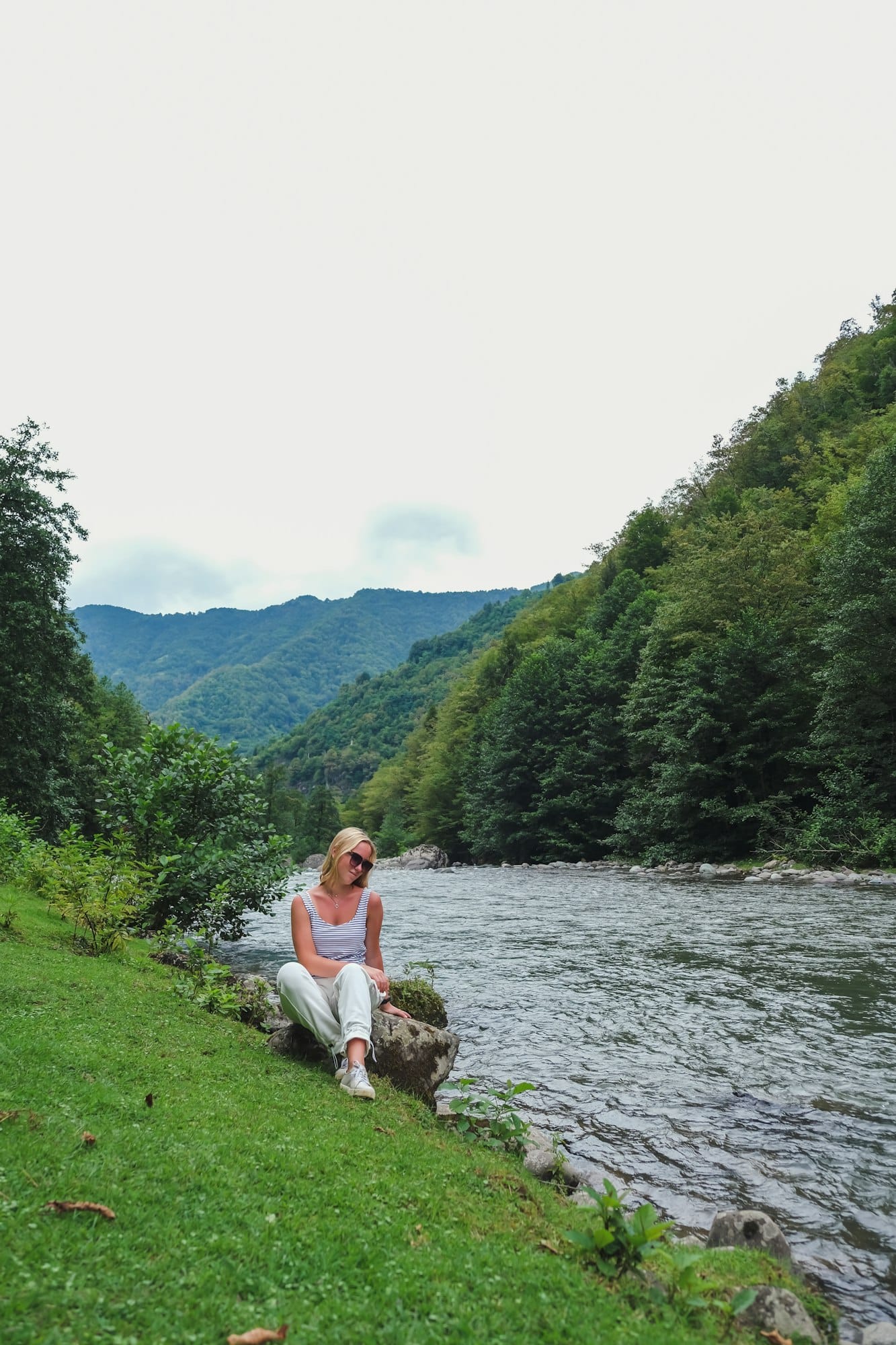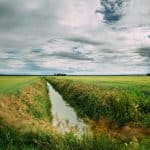In the rise of urban development, the conservation of natural areas becomes increasingly critical. This is especially so when these areas provide homes to important species of wildlife. Intriguingly, one area where this issue has come into sharp focus is in the realm of real estate development. As developers look to expand their projects, they often find themselves on the edge of protected wildlife habitats. However, this doesn’t have to mean an automatic conflict between the interests of property developers and conservationists. Instead, it offers a unique opportunity to devise and employ best practices that respect both the need for development and habitat conservation.
Balancing Development and Conservation
The first priority when planning to develop near a protected habitat is to strike a balance between conservation and development. This can be achieved through careful planning and a commitment to sustainable practices.
Topic to read : How to Create Engaging Community Programs in Residential Estates?
A pertinent resource in this aspect is the National Wildlife Federation’s guide to developing near wildlife habitats. This guide provides comprehensive recommendations on how developers can plan and manage their projects while minimizing harm to nearby wildlife. Key suggestions include incorporating wildlife-friendly landscaping and building designs, maintaining buffers around sensitive habitats, and monitoring the impact of development on local species.
Another vital tool is the Environmental Site Assessment (ESA). An ESA is a report prepared for a real estate holding which identifies possible or existing environmental contamination liabilities. This report can provide an objective analysis of the potential environmental impact and help developers make informed decisions.
Also read : How to Utilize Solar Carports in Commercial Real Estate Developments?
The Role of Private Landowners in Conservation
Private landowners play a significant role in habitat conservation. According to a report by the American Farmland Trust, nearly two-thirds of the land in the United States is privately owned. This means that private landowners have a critical role to play in wildlife conservation.
Private landowners can voluntarily enter into conservation agreements, known as conservation easements, with organizations like the National Resources Conservation Service. These agreements limit certain types of land use and development, ensuring the long-term protection of the land’s conservation values.
Additionally, several charities and non-profit organizations offer advice and financial incentives to property owners who take steps to protect wildlife on their land. These services can be a valuable resource for landowners who are interested in conservation but unsure of how to begin.
The Use of GIS and Google Earth in Conservation Planning
Technological advancements have provided us with powerful tools for conservation planning. Geographic Information System (GIS) is one such tool that has revolutionized the field of conservation.
GIS uses spatial data to map and analyze the land. It can identify the most critical areas for conservation, monitor changes in land use, and even predict future trends. By providing a visual representation of the data, GIS can help stakeholders understand the potential impact of development on wildlife habitats.
Similarly, Google Earth has emerged as a powerful tool for conservationists and developers alike. It allows users to visualize the terrain and assess how development might affect the surrounding areas. Moreover, Google Earth’s satellite images provide a broader perspective, helping to identify potential corridors between protected areas and other important habitats.
The Impact of Housing Developments on Critical Habitats
Housing developments can have a significant impact on critical habitats. For instance, they can fragment habitats and disrupt wildlife corridors. Furthermore, they can introduce invasive species and pollutants that harm local wildlife.
However, housing developments can also offer opportunities for conservation. ‘Conservation development’ is a planning approach that integrates housing with conservation goals. For instance, a developer might cluster homes in one area of a property to leave more space for wildlife. Similarly, they could design homes and infrastructure in ways that minimize their impact on the environment, such as by using permeable pavements or native plants in landscaping.
Another opportunity lies in the creation of ‘wildlife-friendly’ communities. These are developments designed with wildlife in mind, incorporating features such as wildlife crossings and corridors, dark-sky lighting, and educational signage about local species. These features not only help to protect local wildlife but can also enhance the quality of life for residents.
Collaborative Conservation Efforts
One of the most promising trends in conservation is the move towards more collaborative efforts. These bring together various stakeholders, including government agencies, developers, landowners, and conservation organizations, to work towards common goals.
For example, the Project Homes on the Range is a collaborative effort between real estate developers, the U.S. Fish and Wildlife Service, and conservation nonprofits. The project aims to balance development with the conservation of prairie habitats in the western U.S., through strategies such as conservation easements and ‘conservation development’ practices.
Collaborative efforts can also involve the local community. Community members can contribute to conservation efforts through citizen science projects, volunteering, or simply making their own backyards more wildlife-friendly. These community-led efforts can be incredibly effective, as they tap into local knowledge and foster a sense of ownership over conservation efforts.
As this discussion shows, the relationship between real estate development and wildlife conservation doesn’t have to be antagonistic. Instead, with careful planning, collaboration, and the use of innovative tools and strategies, it’s possible to achieve a balance that respects both the need for development and the importance of protecting our invaluable wildlife habitats.
Innovative Conservation Strategies in Real Estate Developments
Innovative conservation strategies can play an effective role in protecting critical habitats while allowing for real estate development. There are several groundbreaking methods being used worldwide that perfectly blend development with conservation.
One such strategy is the implementation of conservation easements. These legally binding agreements allow private landowners to limit the type of developmental activities in their land in exchange for tax benefits. The Nature Conservancy, a leading conservation organization, is a prominent advocate of these easements. They provide a win-win situation for both developers and conservationists.
Endangered species protection is another strategy that can be implemented. In the United States, the Fish and Wildlife Service list species that are considered threatened or endangered. Real estate developers can contribute to conservation efforts by implementing measures to protect these listed species. This could include design modifications, creation of alternative habitats, or restricting certain activities during sensitive times for the wildlife.
The provision of ecosystem services is yet another innovative strategy. It encourages developers to integrate natural elements in their projects that offer invaluable services, such as flood control, air purification, and carbon sequestration. Not only do these services contribute to conservation, but they also enhance the value of the property and improve residents’ quality of life.
Private lands also play an important role in innovative conservation. With nearly two-thirds of the land in the United States being privately owned, landowners have a unique opportunity to protect threatened wildlife. Private land conservation can be achieved through voluntary conservation agreements or by implementing wildlife-friendly practices in their lands.
Conclusion: A Path Forward for Real Estate and Wildlife Conservation
The intersection of real estate development and wildlife conservation presents both challenges and opportunities. As the need for housing and infrastructure continues to grow, so does the importance of preserving our natural resources.
Developers, private landowners, and conservation organizations must continue to work together to strike this delicate balance. Each stakeholder brings unique perspectives and resources to the table. By working collaboratively, they can develop creative solutions that meet both developmental and conservation objectives.
Technological tools like GIS and Google Earth provide crucial data that can inform these efforts. They allow us to understand the land better, monitor changes, and make predictions about future trends. Similarly, legal tools like conservation easements offer practical mechanisms for preserving land while respecting private property rights.
Moreover, real estate developers are increasingly recognizing the value of incorporating conservation into their projects. Whether through the creation of ‘wildlife-friendly’ communities or the provision of ecosystem services, these practices can enhance property values and contribute to a healthier environment.
Lastly, the role of community engagement cannot be overstated. People who live and work in these areas have a vested interest in their health and vitality. Whether through volunteer efforts, citizen science projects, or backyard conservation, everyone has a role to play in protecting our wildlife and their habitats.
Indeed, the need for development and conservation need not be at odds. With careful planning, collaborative efforts, and the use of innovative strategies, we can ensure a future where both humans and wildlife thrive.






